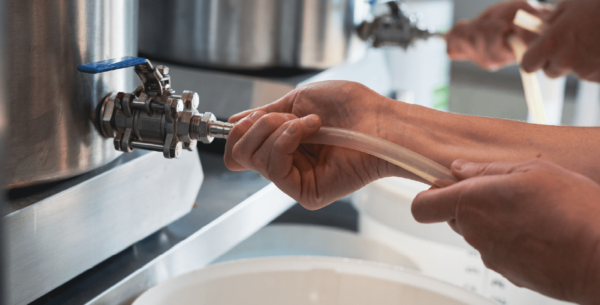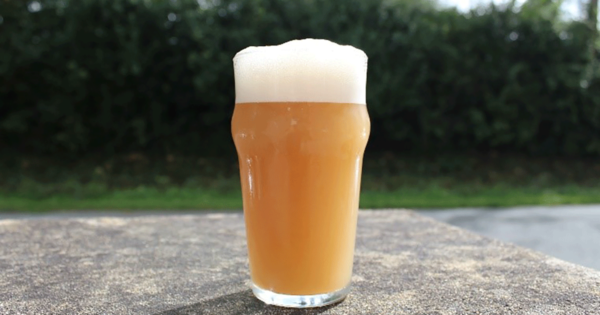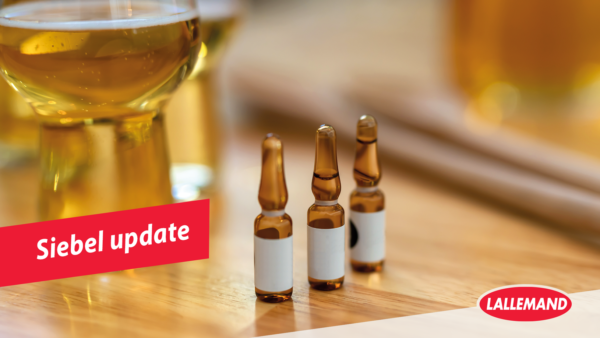Blog | Reading Time 3 minutes
5 Tips for Making Sour Beers at Home
Sour beer has become increasingly popular among craft beer enthusiasts, but brewing this style of beer can be challenging. Here, we will explore five essential tips for making sour beer at home. Whether you are an advanced homebrewer or a beginner, these tips will help you produce delicious sour beers at home.
How can I ensure a good tasting beer?
- Temperature. Having good temperature control or maintaining a stable temperature will help avoid temperature swings that potentially could lead to longer fermentation or kettle souring times.
- Know your organisms. Different organisms present different flavors and have different temperatures at which they operate at, so knowing your selected bacteria strain will help tailor your beer to your desired characteristic. Furthermore, different yeasts have different tolerances to acidity. Most yeast can tolerate lactic acid reasonably well; however, some have trouble fermenting in acetic acid environments. Chico strains, such as LalBrew BRY-97™, or English ale strains, such as LalBrew Nottingham™, ferment well in lactic acid environments.
- Time. Beer takes time to make – knowing your selected bacteria will help streamline the production process.
- Cleanliness. Having a clean environment will ensure that only the organisms you select will come to the fermentation party. A good cleaning regime will also ensure that any bacteria used will not cross contaminate your brewing space. If in doubt, clean and use separate soft parts for
sour beer production.
How can I avoid cross contamination when brewing sour beers?
- One, understand the organisms you are using. Every strain has a different optimal temperature and different organisms will produce different flavors at different temperatures (some more desirable than others).
- Two, clean! Make sure that you follow a proper cleaning procedure and, if in doubt, keep a second set of soft equipment parts used just for sour beer production and not clean beer production.
- Three, ratios are important. If you are using a strain of bacteria that produces diacetyl, for example, make sure that you have enough yeast in suspension to help modify and reduce this potential undesirable flavor.
What are the best cleaning practices to use in brewing sour beers?
Brewers should use a multiple step cleaning approach that should follow the cleaning manufacturer’s recommendations. Generally, this
includes:
- Warm water rinse
- Caustic/hot alkaline clean (clean in place, or soak)
- Warm water rinse
- Phosphoric or nitric clean (clean in place or soak)
- Warm water rinse followed by cold water rinse
- Sanitization
It is important that each step of this alkaline/acid/ sanitization step procedure follows immediately after the other as this ensures that both the bacteria and yeast presence is significantly reduced. It is also advisable for brewers to use different spot parts (hoses, gaskets) for their sour beer production.
How to control acidity when using bacteria?
It is crucial to know your selected bacteria’s optimal temperature range. Lactic acid bacteria will produce lactic acid more quickly at their specified optimal temperature – for example, WildBrew Helveticus Pitch™ will produce more lactic acid at 40°C than at 30°C,
whereas, WildBrew Sour Pitch™ will produce more lactic acid at 30°C than at 40°C. Knowing the bacteria’s optimal temperature will also help brewers streamline production and save production, labor, and energy.
How can I control acidity when using Philly Sour™?
WildBrew Philly Sour™ is a strain of Lachancea that produces lactic acid mainly from glucose. As such, your mash temperature becomes an important lever in determining how much glucose will be in solution. A higher mash temperature will produce less glucose and therefore less lactic acid. A lower mash temperature will produce more glucose and therefore more lactic acid.
Published May 24, 2023 | Updated Jul 19, 2023
Related articles
Need specific information?
Talk to an expert


